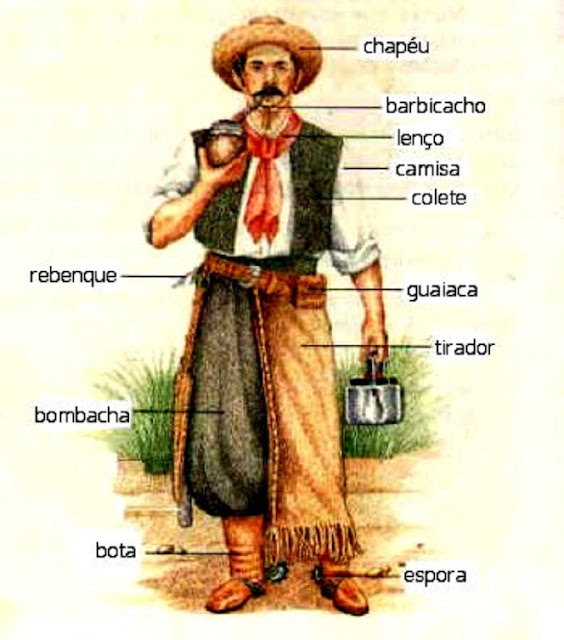Back to Main Page
As far as customs are concerned, the Argentine people have been heavily influenced by the Europeans. Argentina was settled by the Spanish in the 16th century and did not gain their independence until 1816. Therefore there is a great deal of Spanish influence in the culture. There is also a large Italian population. European cultures from these two sources lead to having large extended families and reverence for the elderly. Most Argentines consider themselves to be more of European background rather than Latin American. Contrary to the usual in South America, some 97% of the population is white, rather than mestizo.

Poncho De Awayo Y Gorro

Poncho of Argentina

A poncho (Spanish pronunciation: [ˈpontʃo]; punchu in Quechua; Mapudungun pontro, blanket, woolen fabric) is an outer garment designed to keep the body warm. A rain poncho is made from a watertight material designed to keep the body dry from the rain. Ponchos have been used by the Native American peoples of the Andes since pre-Hispanic times and are now considered typical South American garments.
 |
| A group of gorgeous ladies donning traditional costumes |
 |
| Argentines took to the streets of Buenos Aires to celebrate their Independence Day. |
 |
| Dancers in traditional Argentine costumes, like these cowboys or gauchos. |
Tango is a partner dance that originated in the 1890s along the Río de la Plata, the natural border between Argentina and Uruguay, and soon spread to the rest of the world.
Early tango was known as tango criollo (Creole tango). Today, there are many forms of tango extant. Popularly and among tango dancing circles, the authentic tango is considered to be the one closest to the form originally danced in Argentina and Uruguay








No comments:
Post a Comment